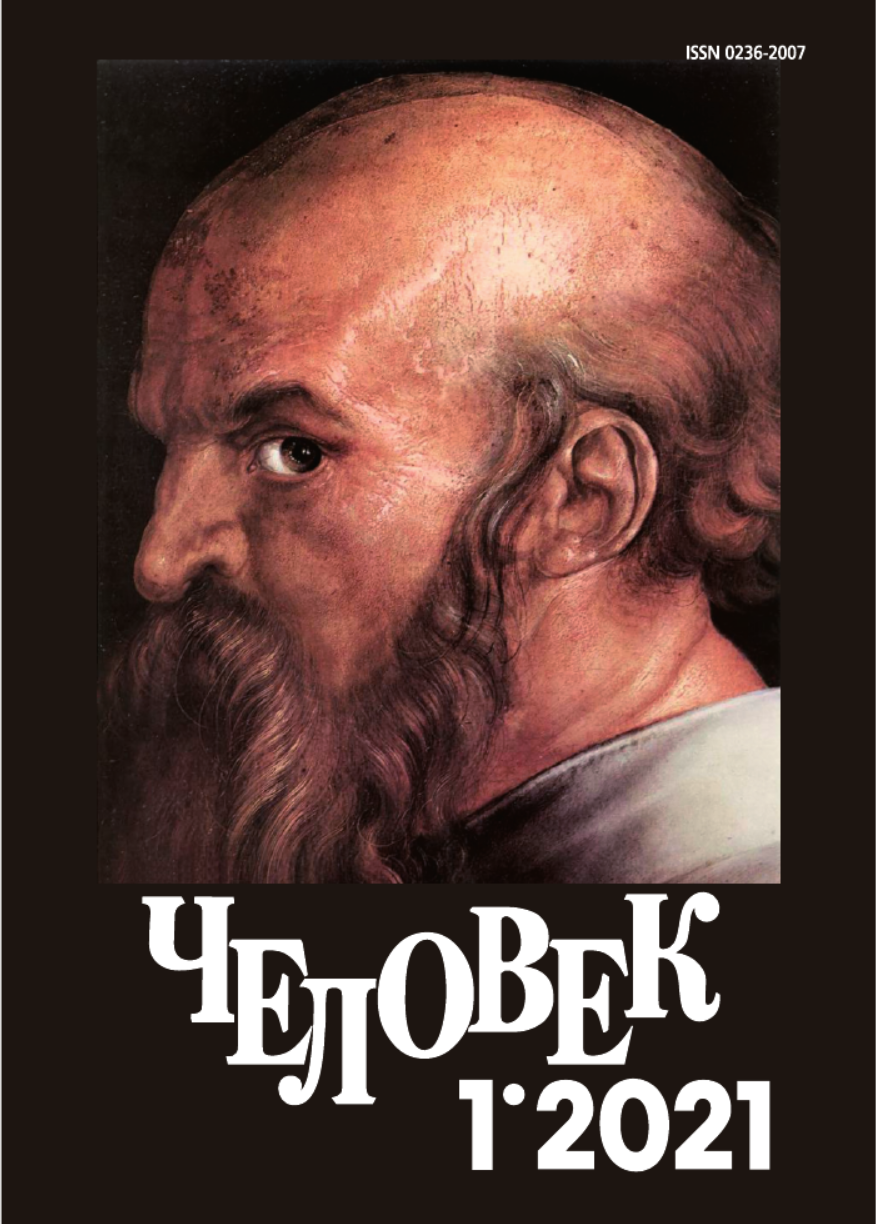Еthics, Sensuality and European Rationalism: Ancient Greek and Roman Mythology in European Graphic Arts of the 17th–18th Centuries
Keywords:
Emblem, Sensuality, Ethics, European Graphic Arts of the 17th – 18th centuries, Euhemerism, Historicism, Baroque, Rococo, Classicism, Ancient Greek and Roman MythologyAbstract
The purpose of this article is to analyze the transformation of European consciousness attitude to sensuality by means of European graphic arts of 17th–18th centuries. The perception of Ancient Greek and Roman mythological stories as moral emblems was an integral part of the inheritance that the Renaissance had left to the baroque consciousness. Myths were perceived within the framework of the cause-and-effect relation of sin and punishment. Any feeling was considered as an instrument of complying with the moral devoir or as a temptation to slide into sin. An euhemeristic approach to Ancient Greek and Roman mythology became very popular at beginning of 18th century. The popularity of this approach was connected to the rationalism of 17th century. Moreover, the euhemeristic approach and rococo style were two unseparable parts of one conception in a number of illustrated books. At that time, self-commenting of the image became symbolic, not moral. The works by G. Vico, J. Winkelmann and French Enlighteners gradually were preparing a radical change in the perception of the Ancient Greek and Roman mythology as an embodiment of human feelings. Antiquity began to be understood as the Other, with its own internal laws of existence. This change was reflected in the stylistics of the graphics and in the glorification of feelings. The main emphasis was moved from the inner purity of the characters to the plot of the illustrated myth. The emblematic approach to the Ancient Greek and Roman mythology disappeared almost completely after the end of French Revolution and the mythology gradually was becoming the object of professional studying. Ethics and human nature merge in a harmonizing synthesis of early Romanticism.






